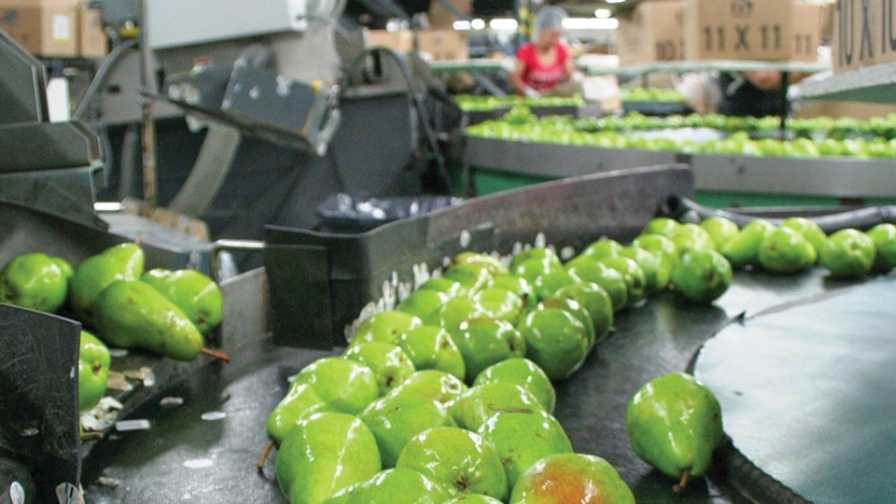Why Growers Should Up Their Traceability Capability

As the Food Safety Modernization Act rules begin to roll out, it’s a good time for packers and shippers to look at their traceability procedures and implement some key elements like electronic advanced shipping notices.
Photo courtesy of FDA
If you’re not thinking about traceability from the time of packing to the produce buyer’s facility, now’s a good time to start, says Ed Treacy, Vice President of Supply Chain and Sustainability for the Produce Marketing Association (PMA).
By September 2020, the FDA will publish the first draft of a proposed rule in the Food Safety Modernization Act that dictates recordkeeping requirements for high-risk foods. This pending first draft coincides with an increased focus from retailers on produce traceability following the multistate outbreak of E. coli in romaine lettuce last year.
“We’re seeing many retailers getting engaged and starting to issue traceability requirements,” Treacy says.
The Produce Traceability Initiative (PTI) — a joint effort from PMA, United Fresh Produce Association, Canadian Produce Marketing Association, and GS1 US, an information standards organization — is collaborating with the FDA to create a traceback template that uses industry standards to shorten the window from gathering information to a potential recall.
And PTI and the Romaine Task Force is working with growers and retailers across the country this summer on pilot traceback trials using this template. Treacy is confident that this template will help speed up the time it takes to perform traceback investigations. He says in preliminary trials with Wegmans, growers who were using the template were able to supply the grocer with the necessary information within and average of just over two hours.
“We can identify the source and go back to the cause within hours instead of weeks and months,” he says.
It’s easy to think this isn’t something that will pertain to your market, but PTI extends beyond the initiative into a total focus on traceability recordkeeping.
“If you’ve ignored PTI up until now – that’s not going to be acceptable,” Treacy says. “I believe there’s going to be a heightened focus on implementing PTI throughout the supply chain like we’ve never seen before.”
Retailers like Wegmans, Kroger, and Walmart will want the required data for traceability sent to them electronically, starting with the electronic advanced shipping notice (ASN) that precedes the shipment to indicate pending arrival of your produce. These ASNs contain the information required to help speed the pinpointing of any issues that arise later.
“This will help them narrow and resolve traceback investigations a lot faster,” he says.
Another factor pushing the industry toward full PTI implementation is how retailers such as Walmart are rolling out a blockchain-based cloud service through IBM’s Food Trust Network. And Walmart isn’t the only retailer making this shift. Albertsons, Safeway, Kroger, and Ahold Delhaize’s stable of stores also are piloting or implementing this technology.
IBM’s Food Trust Network, Treacy says, utilizes the same standards PTI has adopted.
“That whole process requires PTI labeling,” he says. “PTI is the foundation of making the Food Trust Network work.”
Retailers who sign on to the Food Trust Network need to have PTI labeling and ASNs.
Treacy says it’s critical the entire industry implements traceability efforts and works together to standardize information gathered. He sees the pending FDA requirements to be supportive of what PTI has developed with the traceback template and recordkeeping requirements.
“I’d be very surprised if PTI implementation, including sending records electronically, wouldn’t completely satisfy everything FDA requires,” he says.
The first step is starting to add traceability to your operation, including electronic advanced shipping notices.
“If you’re not labeling, you need to — and you need to figure it out quickly,” he says. “Shippers need to learn how to send an ASN. Retailers are going to require it, and it’s the most efficient way for all to capture and store what’s on the labels and the pallets.”










